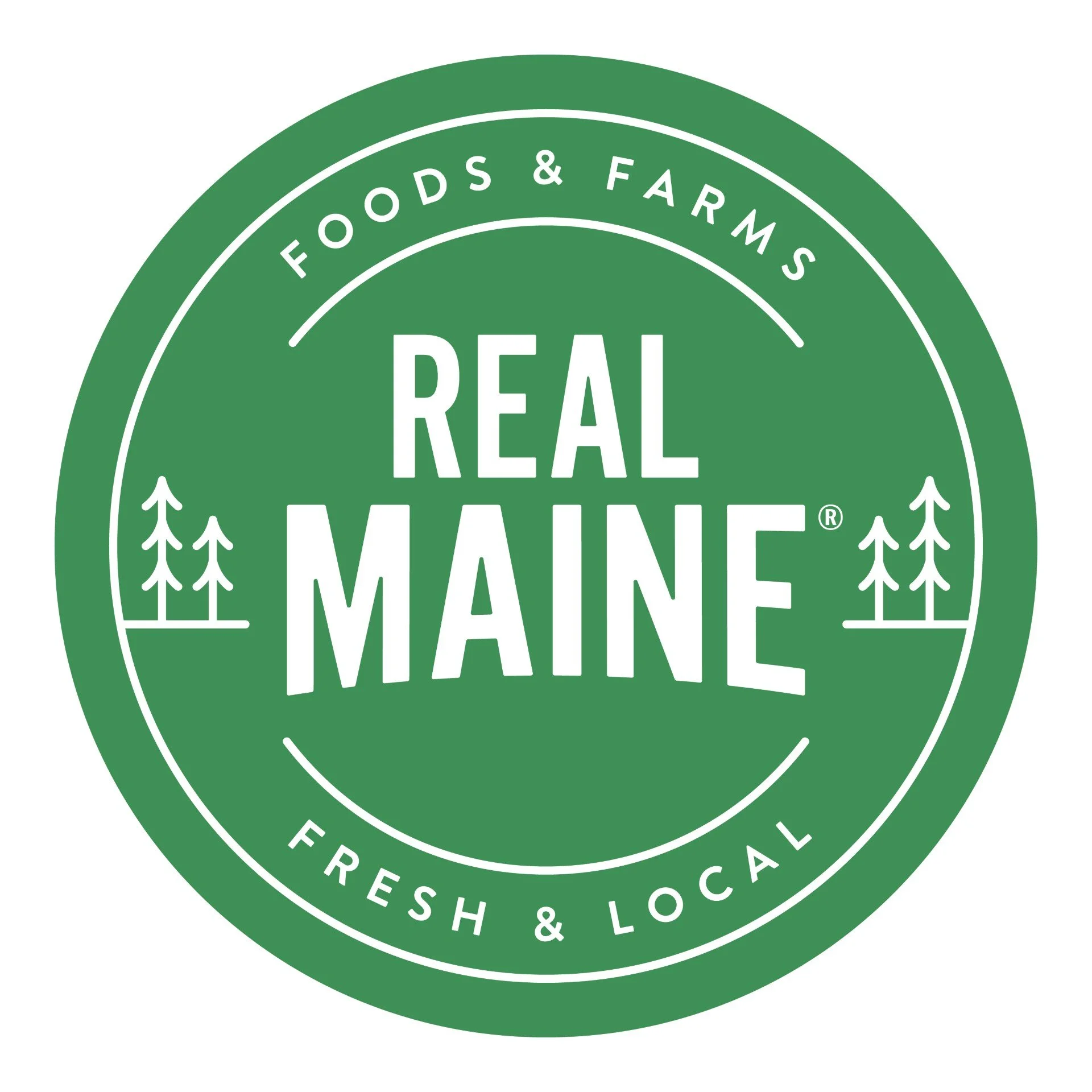
The 2025 Maine and New England Local Food Count is Coming!
If your business or organization buys or sells food in Maine, you can be part of a regional effort to expand food production and processing in our region. This includes:
Grocery Retailers
Restaurants
Schools, Colleges and Universities
Hospitals and Healthcare Organizations
Distributors and Food Hubs
The Local Food Count works with businesses and organizations to estimate statewide sales and purchases of food and beverage products grown, harvested, produced and/or processed in Maine and New England.
Farmers, fishers, local food producers and processors are important to the Maine economy and support stronger food supply chains for distributors and retailers. Sales and purchase data can illuminate important trends in product demand and availability, and in sales of local food over time. This information can be used by businesses, organizations and policy makers to improve decision making and inform public programs and investments.
Maine’s first Local Food Count took place in 2022-23. Researchers estimated that in 2022, just 3.4% of total food spending in Maine went for products grown, harvested or processed in Maine and New England.
The count relies on partners like you!
In early 2026, we’ll be partnering with businesses and organizations to take part in the 2025 Local Food Count.
Get ready to join us:
Take the Pledge! Let us know you’re planning to participate, and share with others
Check out the worksheets (restaurants, grocers, institutions) (distributors and food hubs) to start collecting 2025 information
Discuss the Local Food Count with your managers and think about what you can do now to prepare to participate
Fill out the interest form to keep in touch with updates from the Maine project team
Email us with any questions MELocalFoodCounts@gmail.com
Find out more:
Follow the Maine Food Convergence Project (Facebook / Linkedin) and Maine Department of Agriculture, Conservation and Forestry (Facebook) for Maine project updates
Visit the Local Food Count webpage for updates about how to participate in 2026
Learn about the New England Food System Planners Partnership
Resources to support local food procurement
The New England Feeding New England Local Food Count takes place in Maine, Massachusetts, New Hampshire, Vermont, Connecticut and Rhode Island. The Count is coordinated at the regional level by the New England Food System Planners Partnership, a collaborative of food system planning organizations and state agencies across the region.
Maine Food Convergence participates in the Partnership, along with Maine Department of Agriculture, Conservation and Forestry.
*Data submitted by businesses and organizations for the Local Food Count is analyzed by a team from Northbound Ventures Consulting LLC and Vermont Sustainable Jobs Fund (VSJF). Data from individual entities is aggregated and analyzed using a methodology developed for VSJF and used for its Local Food Count studies in 2010, 2014, 2017 and 2020.











